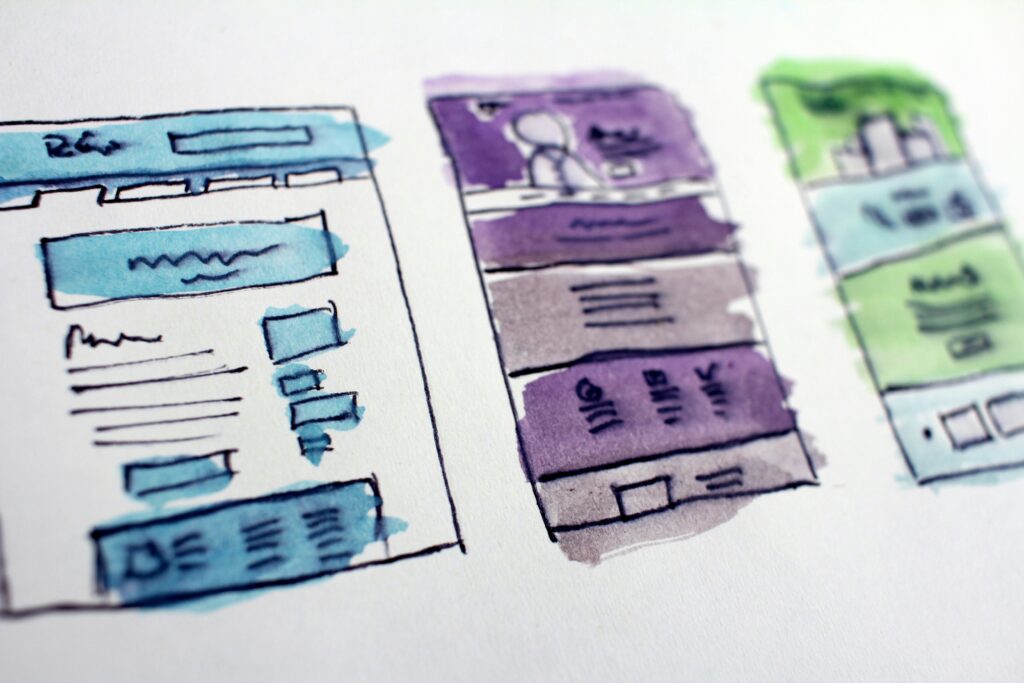The journey of developing a software product is a multifaceted odyssey, stretching from the ephemeral nature of an idea into the tangible reality of a market-ready solution. This passage traverses through several distinct landmarks: Idea, Proof of Concept (POC), Minimum Viable Product (MVP), Alpha, Beta, and culminates in the Release Candidate. Each phase is a step in a meticulous process designed to refine, test, and validate the product, ensuring it not only meets but exceeds market and user expectations. Let’s embark on this journey together, exploring each milestone in depth.
Idea
Every great software product begins with an Idea—an insight, a need in the market, a solution to a problem. This seminal stage is about brainstorming, conceptualizing, and envisioning what the product could be. It’s a phase of unbounded creativity, where feasibility isn’t the concern, but potential impact is. Ideas are the seeds from which all software products grow; they need nurturing, exploration, and sometimes, a bit of pruning.
Specification & Requirements
In the Specification phase, the goal is to precisely define the requirements, objectives, and plan for the software project. This critical stage establishes the scope, features, functionalities, and limitations of the product. The process begins with understanding the needs and goals of the clients and end-users and evolves into detailed documentation that will serve as the basis for all subsequent development stages.
Processes in the Specification Phase:
Requirement Gathering: This is the first and most crucial step. Through discussions with clients, end-users, and the internal team, all functional and non-functional requirements that the product needs to meet are collected.
Defining User Stories and Use Cases: In this stage, the requirements and needs are translated into concrete user stories and scenarios to better understand how users will encounter and interact with the product.
Prioritization: After understanding the requirements, it’s essential to prioritize them. This helps the development team focus on the most critical features in the early stages and ensures resources are invested most efficiently.
Project Scope Definition: At this stage, the full project scope is determined. This includes deciding what will be included in the final product and what will remain outside of it. These decisions are vital to prevent scope creep throughout the project.
Documentation: All gathered information and decisions are meticulously documented. This documentation includes the specification document, which outlines the project’s scope, feature list, prioritization, and any constraints. This document serves as a roadmap for the development team and a reference point for stakeholders to ensure alignment.
The Specification phase is essential for laying a solid foundation for the project. It ensures that the development team has a clear understanding of what needs to be built and the priorities, which significantly contributes to the project’s success by aligning expectations, minimizing misunderstandings, and providing a clear path forward.

Proof of Concept (POC)
With a promising idea in hand, the next step is to validate its feasibility through a Proof of Concept. This phase focuses on answering critical technical questions: Can this idea be built? Does the technology exist, or can it be developed? The POC is a low-fidelity prototype, often rough around the edges, designed to test the core concept without the full complexity of the final product. It’s about ensuring the foundation is solid before building the house.
Minimum Viable Product (MVP)
Emerging from the validation phase, the process advances to developing a Minimum Viable Product. The MVP is the first iteration that incorporates essential features sufficient to address the core problem and engage early users. This stage is critical for gathering initial user feedback, testing assumptions, and understanding the market’s response. The MVP is a balancing act between minimalism and functionality, aiming to maximize learning while minimizing development time and cost.
Alpha Release
The Alpha Release is the product’s first comprehensive version, undergoing rigorous testing within the team or a selected group of users. This phase is about bug hunting, feature refinement, and stability testing. The alpha version is often not feature-complete but is crucial for ensuring the product’s core functionality works as intended. Feedback gathered during this phase informs necessary adjustments, setting the stage for broader testing.
Beta Release
Following internal testing, the Beta Release introduces the product to a wider audience. This version is closer to the final product, though still in a testing phase, designed to collect comprehensive feedback from actual users. The beta phase is an opportunity to observe how the product performs in real-world scenarios, understand user interactions, and identify any issues from a broader perspective. This feedback loop is invaluable for fine-tuning the product.
Pre-Launch: Release Candidate
The Release Candidate represents the final phase before market launch. At this point, the product has been thoroughly tested, refined based on user feedback, and is nearly ready for public release. The RC is essentially a potential final version, barring any major issues. It undergoes one last round of testing to catch any remaining bugs or performance issues, ensuring the product is polished, stable, and ready for the spotlight.
Conclusion
The journey from an Idea to a Release Candidate is a testament to the iterative and collaborative nature of software development. Each phase builds upon the last, informed by feedback, testing, and refinement, with the ultimate goal of launching a product that meets the needs and expectations of its users. This process is not just about creating software; it’s about bringing a vision to life, solving real problems, and making an impact in the digital world.
